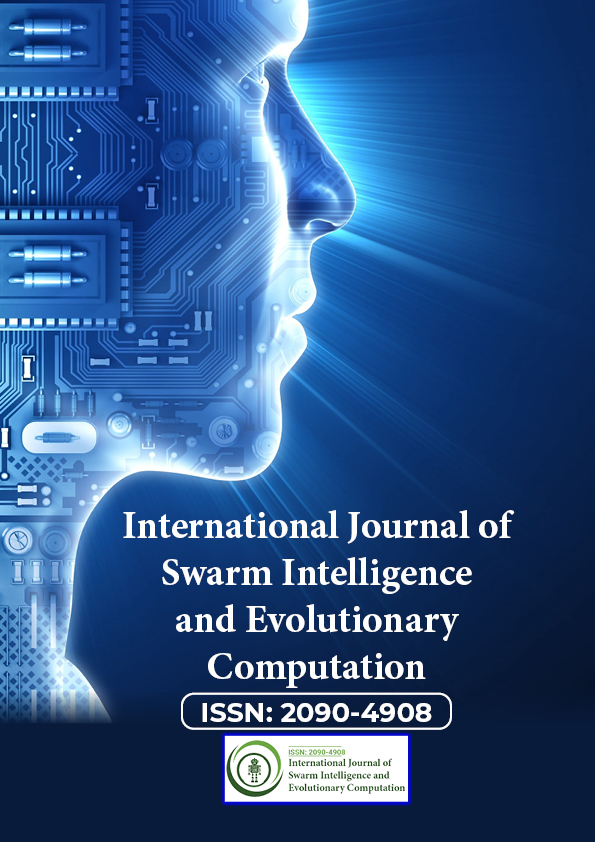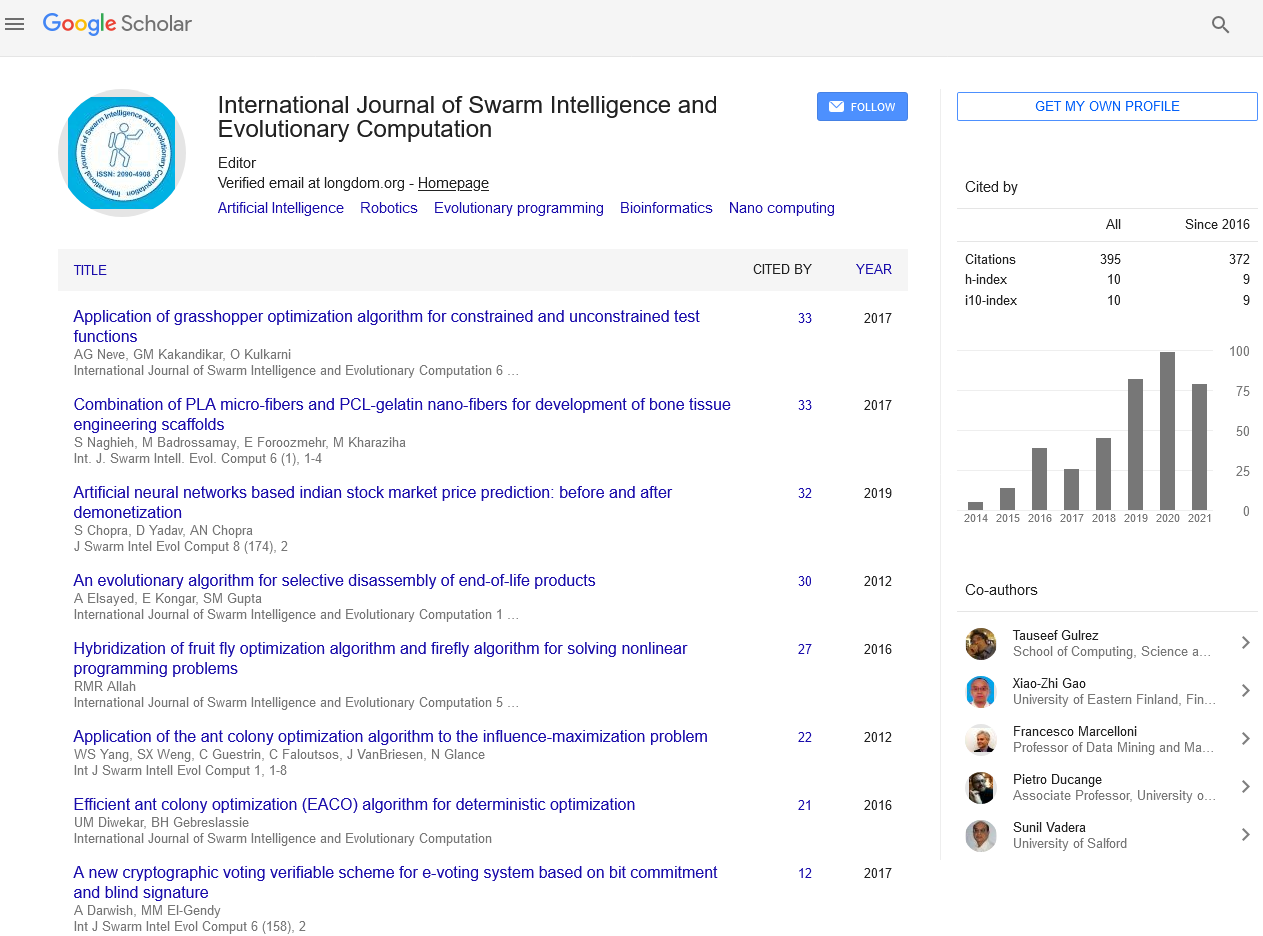Indexed In
- Genamics JournalSeek
- RefSeek
- Hamdard University
- EBSCO A-Z
- OCLC- WorldCat
- Publons
- Euro Pub
- Google Scholar
Useful Links
Share This Page
Journal Flyer

Open Access Journals
- Agri and Aquaculture
- Biochemistry
- Bioinformatics & Systems Biology
- Business & Management
- Chemistry
- Clinical Sciences
- Engineering
- Food & Nutrition
- General Science
- Genetics & Molecular Biology
- Immunology & Microbiology
- Medical Sciences
- Neuroscience & Psychology
- Nursing & Health Care
- Pharmaceutical Sciences
Editorial - (2021) Volume 10, Issue 2
Approach to Problem Solving that Uses a Practical Method or Various Shortcuts
Samuel Tyler*Received: 02-Feb-2021 Published: 25-Feb-2021, DOI: 10.35248/2090-4908.21.10.e203
Description
Technique designed for solving a controversy more quickly when classic methods are too slow, or for locating an approximate solution when classic methods fail to seek out any exact solution. This is often achieved by trading optimality, completeness, accuracy, or precision for speed. In a way, it may be considered a shortcut. Heuristics are the strategies derived from previous experiences with similar problems. These strategies rely on using readily accessible, though loosely applicable, information to manage problem solving in personalities, machines and abstract issues. The foremost fundamental heuristic is trial and error, which might be utilized in everything from matching nuts and bolts to finding the values of variables in algebra problems. In mathematics, some common heuristics involve the utilization of visual representations, additional assumptions, forward/ backward reasoning and simplification.
It is often said that heuristics trade accuracy for effort but this is often only the case in situations of risk. Risk refers to situations where all possible actions, their outcomes and probabilities are known. Within the absence of this information that's under uncertainty heuristics can do higher accuracy with lower effort? Heuristics, through greater refinement and research, have begun to be applied to other theories, or be explained by them. For instance, the cognitive-experiential self-theory (CEST) is also an adaptive view of heuristic processing. CEST breaks down two systems that process information. At some times, roughly speaking, individuals consider issues rationally, systematically, logically, deliberately, effort fully, and verbally.
The representativeness heuristic has been proposed as a way to assess the probability that an object A belongs to a category B (e.g., that someone described as meek may be a pilot) or that an occurrence A is generated by a process B (e.g., that the sequence HTHTHT was generated by randomly throwing a good coin). This heuristic produces probability judgments consistent with the extent that object A is representative of or kind of like the category or process B (e.g., meekness isn't representative of pilots, so a meek person is judged as having a coffee probability of being a pilot). This heuristic can cause errors because similarity or representativeness judgments don't seem to be always influenced by factors that ought to affect judgments of probability, like base rates. The representativeness heuristic has also been evoked to elucidate numerous judgment phenomena, including “hot hand” observations in basketball (the belief that a player is more likely to get again after he or she already scored successfully than after missing a shot) and also the gambler's fallacy (the belief that a successful outcome is due after a run of bad luck).
Some heuristics have a robust underlying theory; they're either derived during a top-down manner from the speculation or are fell upon supported either experimental or world data. Others are just rules of thumb supported real-world observation or experience without even a glimpse of theory. The latter are exposed to a bigger number of pitfalls.
When a heuristic is reused in various contexts because it's been seen to "work" in one context, without having been mathematically proven to satisfy a given set of requirements, it's possible that this data set doesn't necessarily represent future data sets (see: overfitting) which purported "solutions" end up to be like noise.
Citation: Tyler S (2021) Approach to Problem Solving that Uses a Practical Method or Various Shortcuts. Int J Swarm Evol Comput. 10:e203.
Copyright: © 2021 Tyler S. This is an open-access article distributed under the terms of the Creative Commons Attribution License, which permits unrestricted use, distribution, and reproduction in any medium, provided the original author and source are credited.


